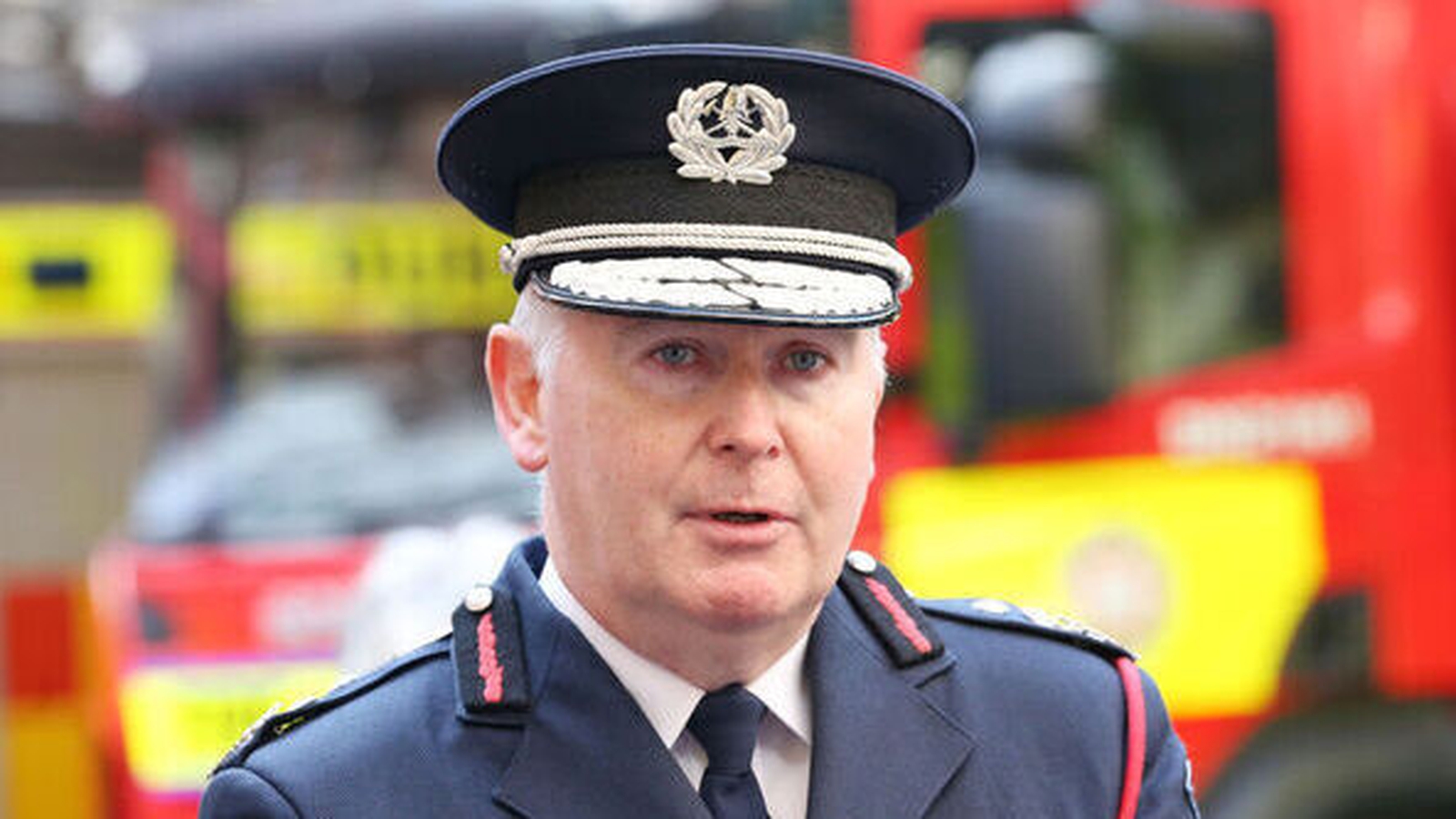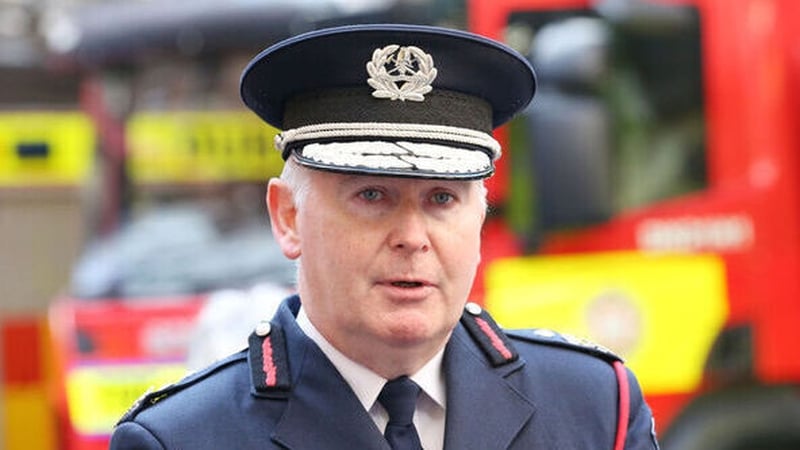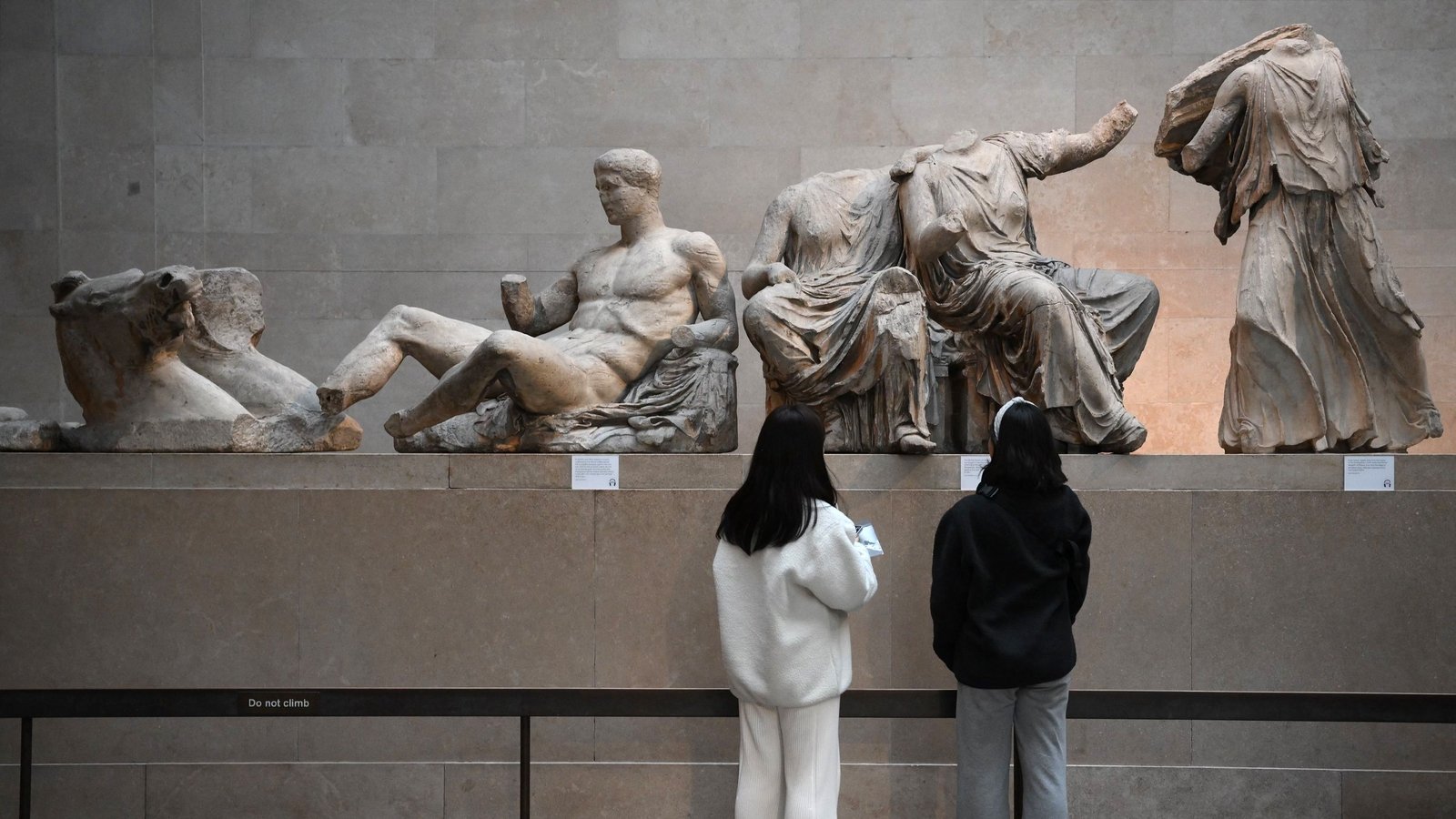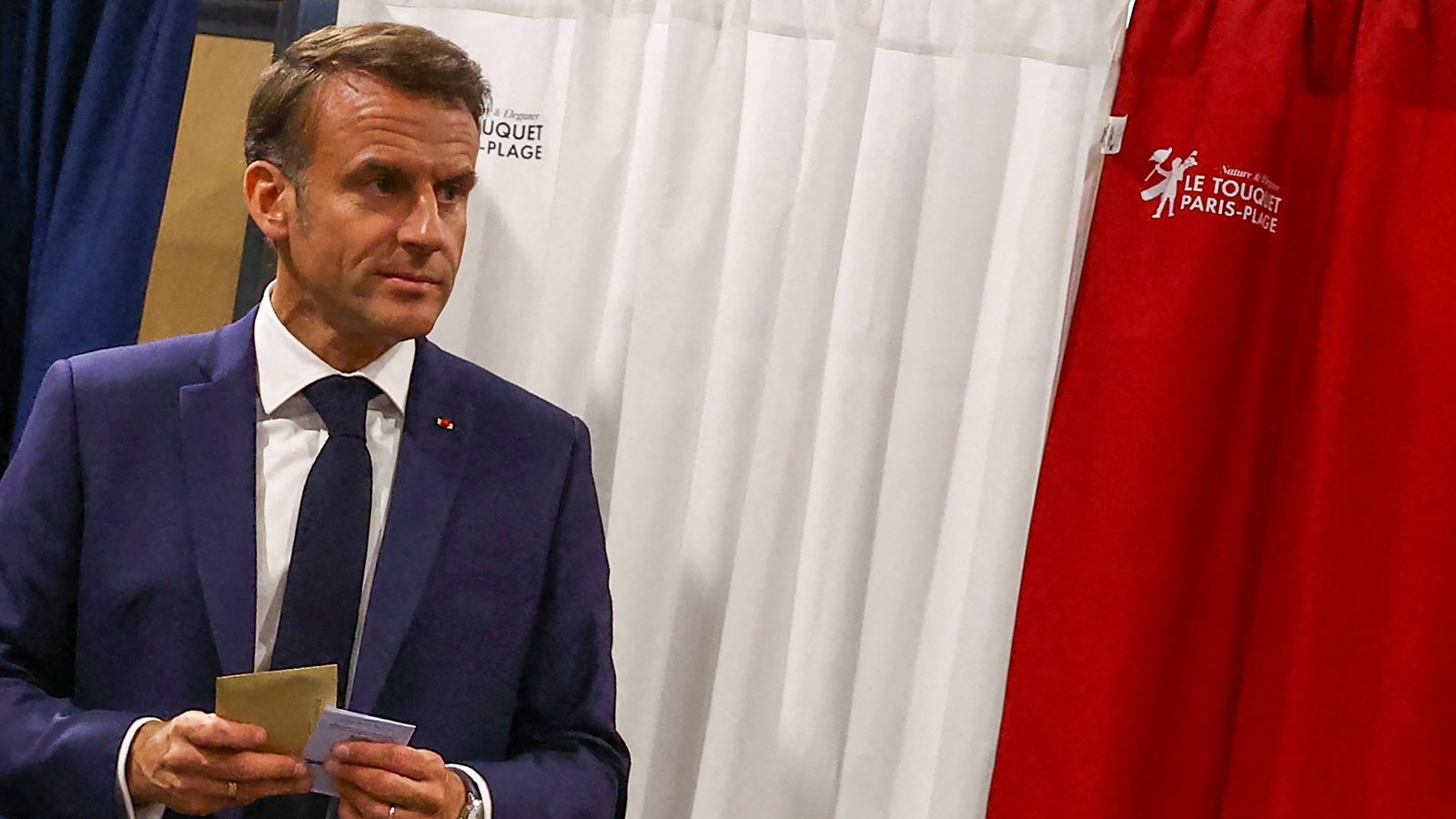No evidence venues currently lock fire exits


Dublin Fire Brigade’s chief fire officer has told the Stardust inquests that there is no evidence venues are currently engaged in the practice of locking or draping chains over fire exits while people are inside.
Dennis Keeley was giving evidence today at the Dublin District Coroner’s Court and answering questions on the brigade’s preparedness if a similar-sized disaster to the 1981 Artane fire were to happen now.
Mr Keeley, who was the inquests’ 190th live and final witness, also gave evidence around the current inspection regime.
A total of 48 people died when a fire swept through the nightclub in the early hours of St Valentine’s Day, 43 years ago.
Responding to questions from Séamus O’Tuathaill SC, representing the family of victim Marie Kennedy, Mr Keeley said the practice of locking or “mock locking” fire exits while the premises was open is “certainly not common” and that there is no evidence that type of practice was taking place.
The court heard how he had joined the brigade in 1986 and that he had never come across it.
He also said that “places of public resort” were, in general, “well managed”.
The jury was also told that Dublin Fire Brigade served ten fire safety notices last year, but none were on entertainment venues similar to the Stardust and rather concerned apartments and bedsits.
Prosecutions were extremely rare, he added.
Building standards have seen ‘significant improvement’
He told the jury that the Building Control (Amendment) Regulations introduced in 2014 have seen a “significant improvement” in building standards and that “self-certification” forms part of that.
Mr Keeley said he agreed with evidence heard last week that the process would be “strengthened” if there was some form of a third-party sign off and that it would provide “another level of assurance”.
He also said that there has been a rapid change in both the materials used in construction and in design and that it “would serve us all well” if there was a more frequent review of building standards.
He agreed that it is not considered a “routine part” of the process for Dublin Fire Brigade to conduct an inspection during a building’s construction process.
He was asked by counsel for the inquests Mark Tottenham what lessons the fire brigade learned after the Stardust fire.
The chief fire officer said a decision was made to increase the number of staff and stations and that there were changes to training and equipment used.
The witness was also asked about how the bodies were removed from the Stardust, with the court hearing that while there was a map showing the location of where the victims were found, there was no attempt to co-relate it to specific individuals.
Emergency Action Plan ‘rarely initiated’
Sean Guerin SC, representing families of the victims, asked if it was possible for a “numbered marker system” to be carried by fire fighters and left in places where a person is taken from.
Mr Keeley said while that suggestion seemed “logical”, he said the reality was he had never been in a position where there was not some landmark or object that would not accurately describe where the remains of casualty was removed from.
He also told the court that the Emergency Action Plan, which is activated when an event requires resources beyond the normal capabilities, is very rarely initiated.
He said the last time it was used in Dublin was in 1987 and was not used for the recent Dublin riots.
He said it was last used outside the capital during last year’s fire at Wexford General Hospital.
He said training for the plan takes place “very regularly”.
Earlier, the court heard how it took approximately three minutes between the first 999 call from the Stardust and the first fire appliance taking to the road.
Mr Keeley said the brigade currently strives ‘from bells ringing in the station” to wheels turning to between 60 and 90 seconds.
The inquests continue tomorrow.





